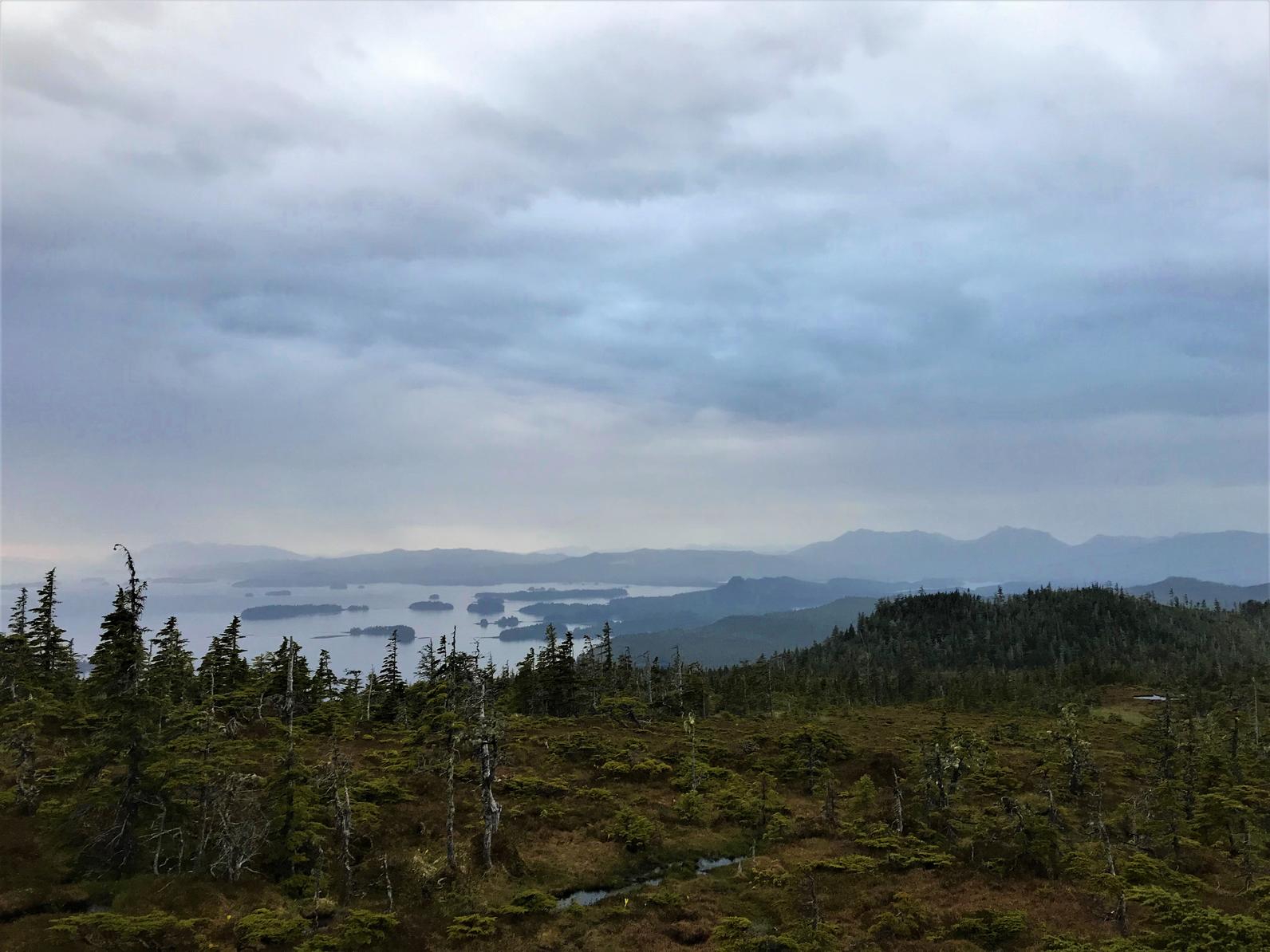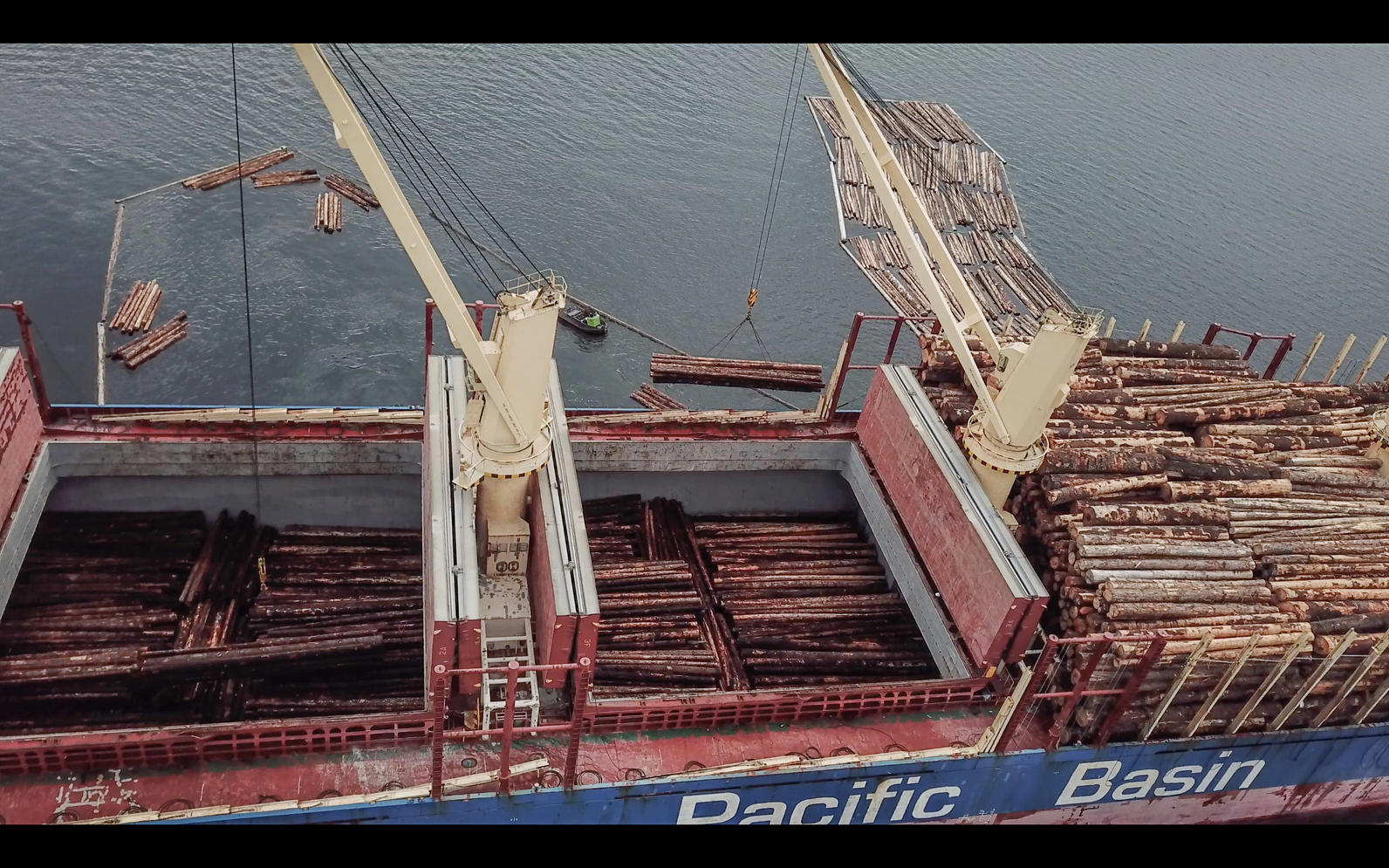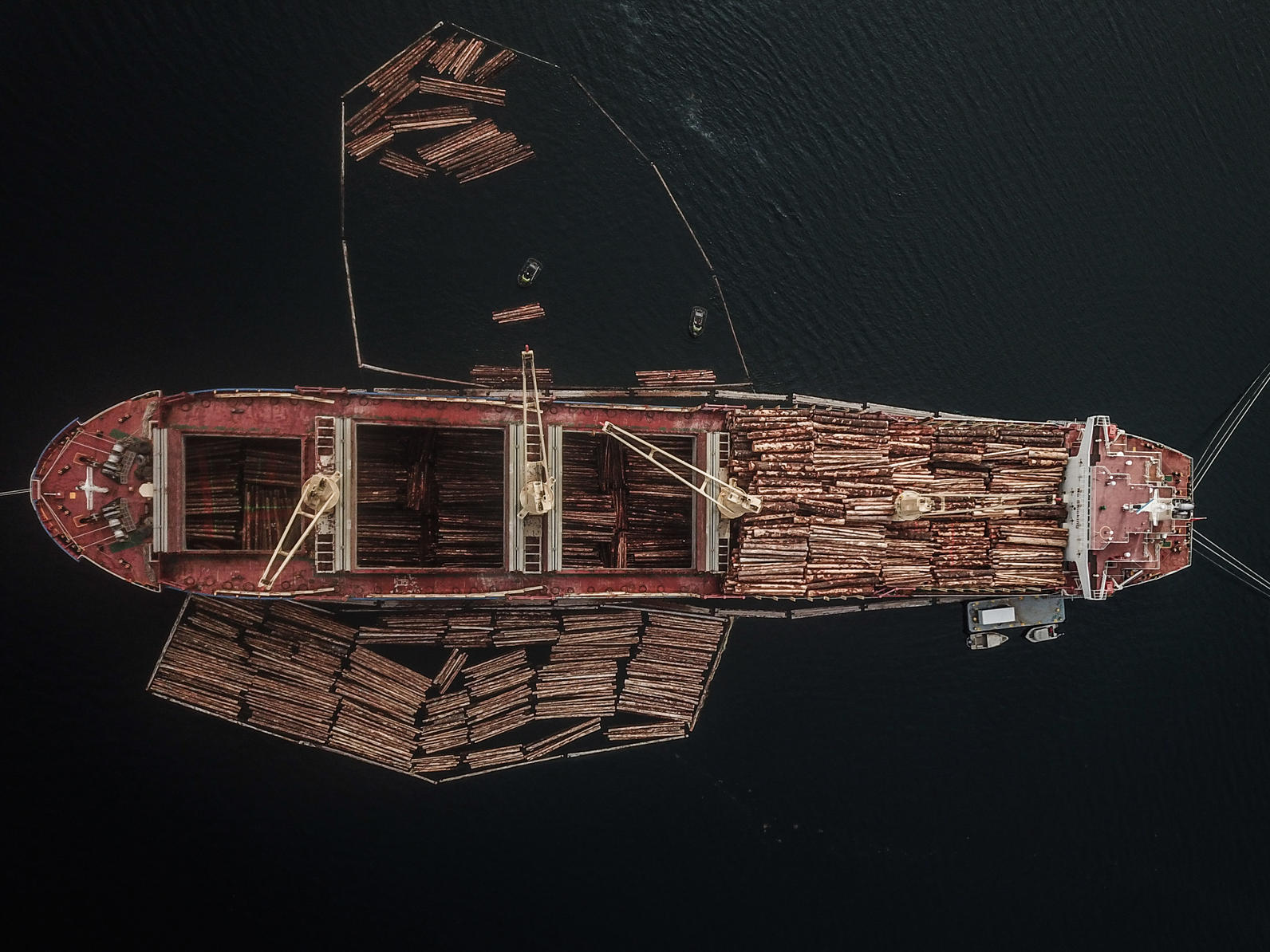
Ground-truthing, or “walking the ground to see for oneself if what has been told is true” as the definition reads, sometimes includes small, wooden sailboats when a person is traversing the many island forests of the Tongass National Forest. Recently, I spent a week with southeast Alaskan fisherwoman, sailor, and activist, Elsa Sebastian, and scientific illustrator Mara Menahan, to document roadless areas on the Tongass that would be lost if any of the alternatives other than the “no action” alternative are chosen during the forthcoming Draft Environmental Impact Statement (DEIS) for the Tongass Roadless Rule revision process. These places are highly productive riparian cedar forests, spruce groves adjacent to estuary habitat for birds and fish, and in some cases, the only remnant forests in a sea of clearcuts for miles.

We sailed Elsa’s boat, aptly named the Murrelet, around the western edge of Prince of Wales Island (or Taan in Tlingit). We documented forest structure and stand size across many sites and made friends in the local communities of Craig and Hydaburg.
An unexpected encounter with a Chinese transport ship, the Key West, illustrated the impacts of deforestation in a profound and powerful way. We were with Confluence media filmmaker Colin Arisman, and he spent an hour filming the process of yarding whole, round, old-growth logs into marine “corrals”. Our friend Gleb flew a drone to take photos of the loading process. The logs were loaded into the ship, from bottom to many layers on top, totaling hundreds of acres of forest when full. Almost 90% of all trees cut on the Tongass National Forest are exported as whole, round log exports at a loss of millions of dollars to American taxpayers.

This summer, the Trump administration through the USDA Forest Service will be unveiling the DEIS and the public will once again have the opportunity to tell our leaders that the future of the Tongass is not sailing our trees to Asia without profit, rather, it is here, where the roots of the cedars, spruce, hemlock form the basis of diverse livelihoods from coffee roasters to seaweed fertilizer companies, as well as fisheries and tourism.




